Image by Adam Watson
I came across these drawings by Adam Watson. They’re scenes and characters from Star Wars, remade in the style of Dr. Seuss.
What a fascinating way to extend a typical writing assignment: ask students to recreate a story as if it were created by another author.
This is high-level, creative thinking at its finest. It requires an understanding of the original author’s intent as well as the new author’s style.
Thinking like this will help students examine stories from the point of view of a creator. It will get students thinking about what makes authors unique, and how they can utilize those traits in their own writing.
Determine The Author’s Style
Dr. Seuss is a great example to get started, because his style is so vibrant and easy to define. Ask students to identify the qualities that make Dr. Seuss’ works so unique.
- Nonsense words.
- Simple Rhymes
- Repetition.
- Simple words.
- Sketchy drawings.
Continue to press for very specific details. What makes his illustrations so easy to spot?
- The use of black lines to create shading.
- The swooping upper lip that defines characters’ mouths.
- The hairy details on characters’ arms and legs.
- The use of bright primary colors with greens and pastel purples.
An Organizer
Develop a simple organizer to keep track of students’ ideas.
| Creator’s Trait | Specific Example of This Trait In Use |
|---|---|
| Nonsense Words | Thneeds, Sneetches, Swomee-swans, Truffula, |
| Simple Rhymes | “This thing is a Thneed / A Thneed’s a fine something / that all people need. |
Practice With A Text
What are your students very familiar with? Pokemon? The Hunger Games? Toy Story?
Pick a popular example to work through as a class. As a class, develop a page introducing a main character in the style of Dr. Seuss. Use the traits you brainstormed in the first step.
Continue using a similar organizer:
| Creator’s Trait | Specific Example I Created |
|---|---|
| Simple Rhymes | Katniss has an arrow / And she has a bow / She’ll shoot a hair / off the tip of your nose |
| Repetition and Nonsense | She has a bow / A big brongy bow / She’ll shoot a taroose / off the tip of your toe. |
Group Work
Students can then work in groups to recreate a story from your class’s reading book in the style of another creator. Ask then to develop an organizer first and get your approval. Keep this task quick and fun. Let artists illustrate. Have students present to their peers.
Independent Work
Finally, students can create their own reworking of a favorite story from as interpreted from another creator. Don’t let length be an intimidating factor.
The purpose should be correctly identifying and implementing an author’s style. Keep students focused on creating a high quality piece, even if it is not as long as a typical writing project.
Internet Examples
Naturally, the internet is bursting with examples of this concept. Use the following as inspiration for yourself, but naturally be selective in what you show your kids. Older students could even develop these kinds of products using a computer lab:
Some movie trailers:
- A trailer for 2001, if directed by Michael Bay.
- Spiderman, if directed by Wes Anderson
- Dumb and Dumber, recreated in the style of Inception
The Hunger Games posters, if directed by:
Food For Thought
Finally, did you know Alfred Hitchcock was asked to direct a James Bond film? The project fell through, but imagine what a Bond film would be like if directed by Hitchcock!
